The Sun is the most important source of energy for life on Earth. Powerful as it is, what would happen if humankind could create a miniature sun in a lab and harness its energy? This is the mission of Dr Ing. Nicholas Sammut, Dr Ing. Andrew Sammut, and Karl Buhagiar.

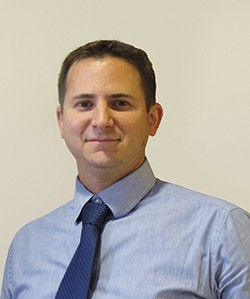
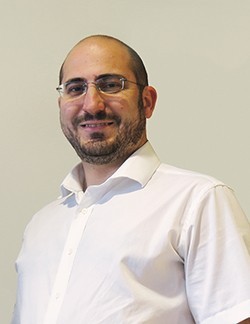
The sun’s diameter is 109 times that of Earth, and its mass is 330,000 times larger. Its sheer magnitude, along with its ‘benevolent’ effect of making life on Earth possible, meant it was regarded as a deity in ancient cultures. Now, things have changed. We understand the Sun and its processes in a lot more detail, but our respect for this turbulent ball of hydrogen and helium still remains. When gravity pulled matter together to the point of igniting it through nuclear fusion, a process began that would create an energy source humankind would be inspired to harness. Today, a massive network of scientists and researchers from all over the globe have united in an attempt to do just that and provide a clean alternative to the planet’s energy woes.
The €20 billion nuclear fusion reactor in this set up—the Tokamak—is being built in the Cadarache facility in Saint-Paul-lès-Durance, France.
The International Thermonuclear Experimental Reactor (ITER—Latin for ‘The Way’), is one of the most ambitious energy research projects in the world today. It has brought together the European Union, the United States, Russia, China, India, Japan, and South Korea. Their aim? To prove that energy released during nuclear fusion can be harnessed by combining several cutting-edge technologies, including avant-garde controls and diagnostics, cryogenics, remote maintenance, and safety mechanisms. Together, they will work to produce 10 times the energy input of the system. Currently, fusion reactors have barely produced double.
The €20 billion nuclear fusion reactor in this set up—the Tokamak—is being built in the Cadarache facility in Saint-Paul-lès-Durance, France. It uses very strong magnetic fields to confine plasma within a donut-shaped (toroid, to be fancy) volume of 840m3 and ignite it through a sustained fusion reaction. Plasma is one of the four fundamental states of matter. It can simply be thought of as a gaseous mixture of negatively charged electrons and highly charged positive ions. Lightning, for example, makes plasma.
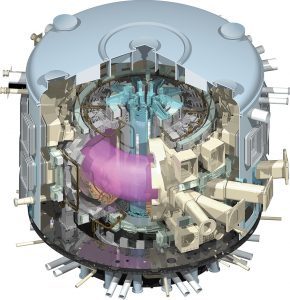
When sufficiently dense plasma is heated at scorching temperatures of 150 million °C and confined magnetically for enough time, a controlled fusion reaction occurs, releasing energy. Controlling this plasma is a key problem for fusion reactors. By using deuterium-tritium plasma (heavier hydrogen isotopes) in which the reaction is sustained through internal heating, not only will the machine produce much more fusion energy than previous designs, but it will also remain stable for longer.
The goal of the Tokamak is to prove the feasibility of nuclear fusion as a large-scale, carbon-free source of energy, based on the same principle that powers the Sun.
Through a collaboration set up with the Paul Scherrer Institute (PSI) in Villigen, Switzerland, Karl Buhagiar, Dr Ing. Nicholas Sammut (Faculty of ICT), and Dr Ing. Andrew Sammut (Faculty of Engineering) from the University of Malta (UM) worked on the measurement and characterisation of the ITER Toroidal Field (TF) coils which are core elements of the machine.
The UM team, together with the team at PSI, worked specifically on ITER’s superconducting D-shaped TF coils. These 18 coils each measure 13m by 8m and are cooled to -268°C in cryogenic operating conditions.That is really cold. For reference, the coldest village Siberia only makes it to a ‘mere’ -90°C!
These super high-tech magnets have a design current of 68,000A: approximately 2,000 times that found in a household wire. These currents generate a peak magnetic field of 11.8T which is required to confine the plasma and control its shape and direction of movement inside the reactor chamber.
‘The scale of the project is truly massive,’ exclaimed Andrew Sammut, ‘reading about the project is one thing, but being part of it is really something else. It is a real privilege to form part of such a venture.’
‘When you are working on ITER, despite the technological and financial challenges you face, you know that you are part of something so much larger than yourself: an energy source that is practically free with virtually no pollution. That’s a really noble way of contributing to the well-being of the planet and to mankind’s sustainable future,’ says Nicholas Sammut, who was previously on the ITER European Governing Board.
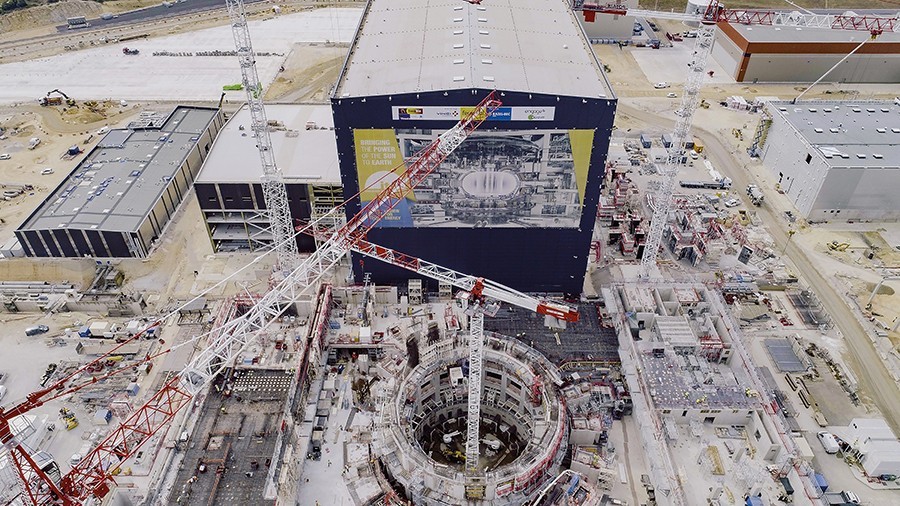
‘For me, meeting top-notch scientists and being part of the team was a truly enriching experience.’ says Masters student Karl Buhagiar. ‘Such international projects put you in contact with a whole different scientific and technological world.’ The ITER consortium is indeed a very large global venture, consisting of the world’s best specialists from 35 countries and representing half the global population and 85% of its GDP.
The research team’s goal so far has been to develop a critical magnetic measurement system for the determination of the TF coil current centre line (CCL). The determination of the CCL makes it possible to ascertain the TF coil’s magnetic field and hence how well the plasma can be confined. Without this kind of characterisation, it will be impossible for the machine to control the nuclear fusion reaction. If the plasma is not controlled to very high precision, it could touch the walls of the chamber and destroy the entire machine.
Nuclear fusion reactions are very challenging to confine sustainably due to the extremely high plasma temperatures involved. However, they can release three times as much energy as current fission reactors. They also produce 100 times less radioactive waste, which is not long-lived. The closing highlight of the Tokamak’s design is that it will contain a very limited amount of fuel (less than four grams) at any given moment. Since the fusion reaction relies on a continuous input of fuel, if there is a perturbation in this process the reaction ceases immediately. This will make large-scale runaway chain reactions, as seen in the Fukushima accident, impossible.
If this technology is harnessed, fusion reactors will be able to produce reliable electricity with virtually zero pollution. This could be the answer to all our energy prayers, allowing us to meet skyrocketing demand while doing so sustainably, and with little environmental impact. We can hardly ask for more.

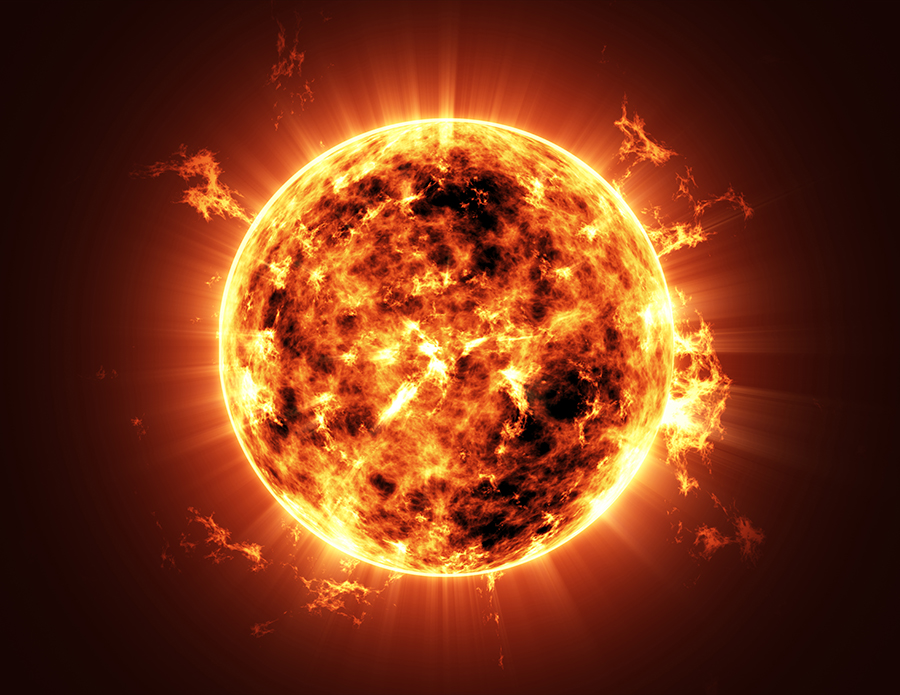



Comments are closed for this article!